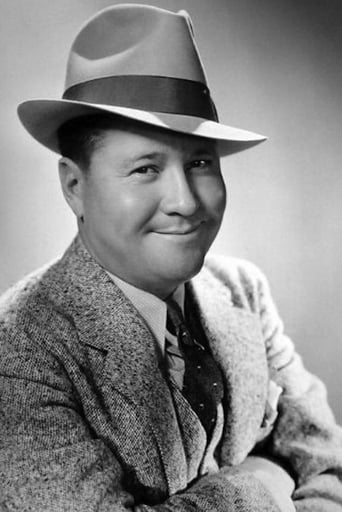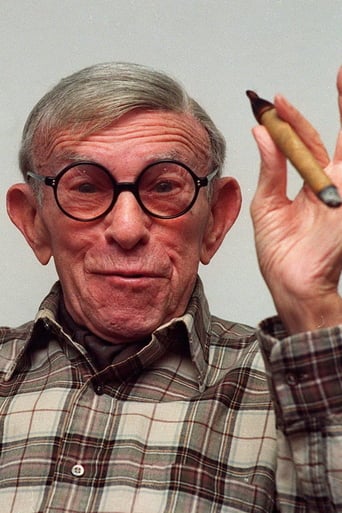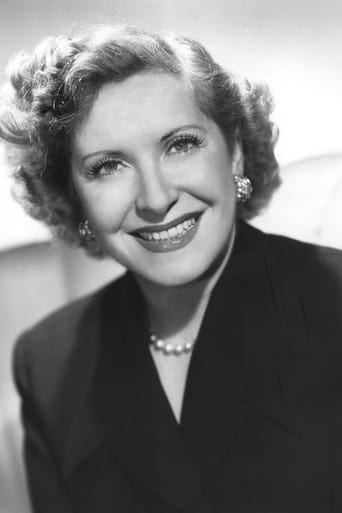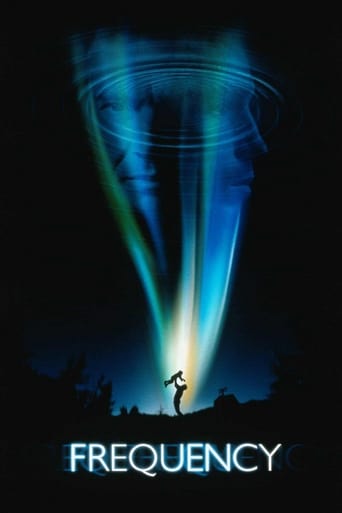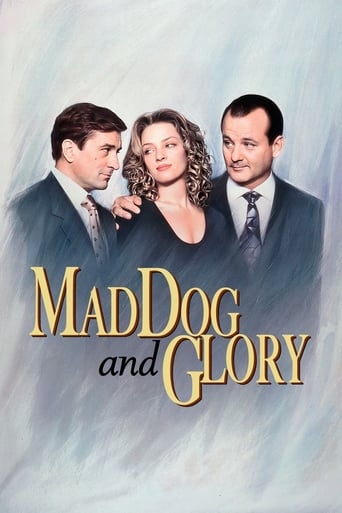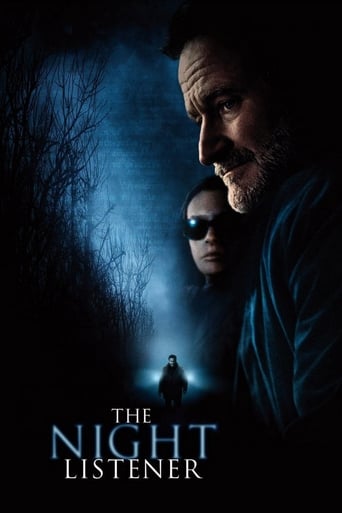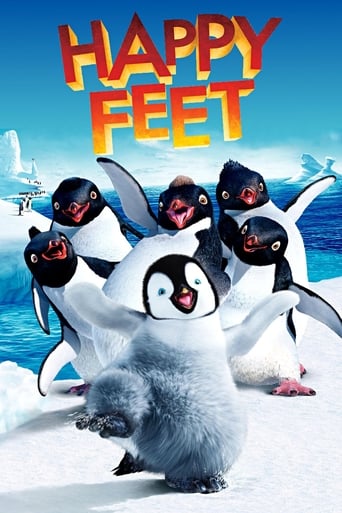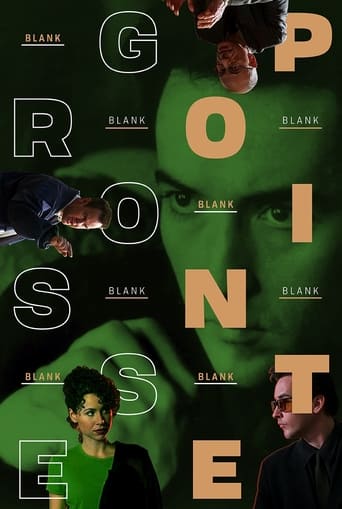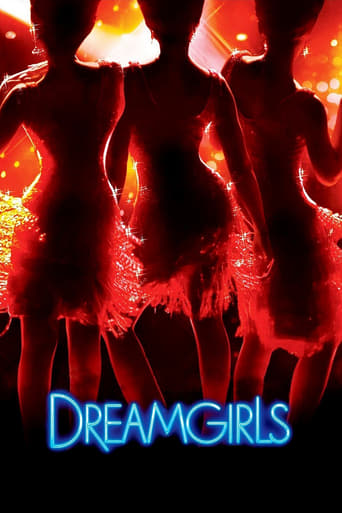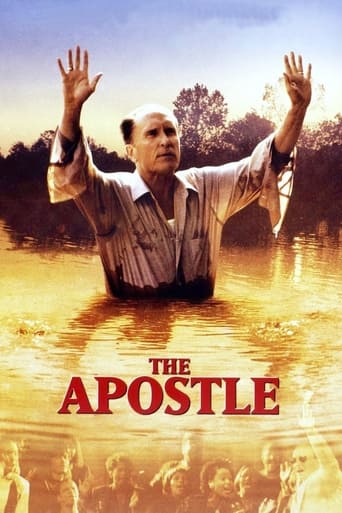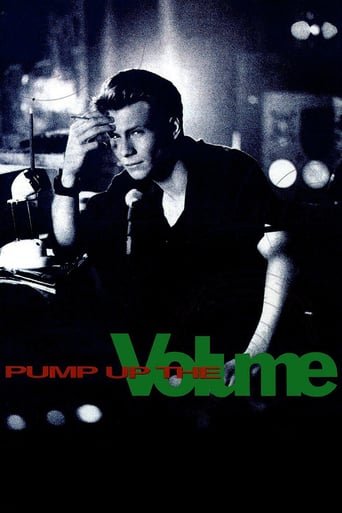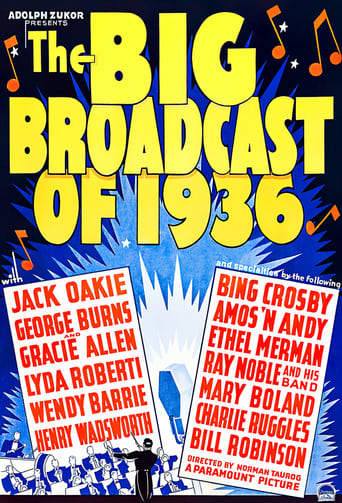
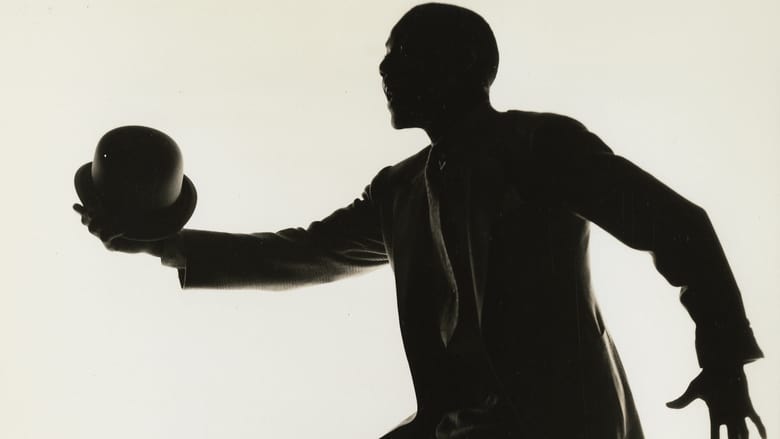
The Big Broadcast of 1936 (1935)
The wisp of a storyline involves two-bit radio station owner Spud Miller, who doubles as the station's sole announcer while his comic partner Smiley serves as the house crooner. On the verge of bankruptcy, Spud is receptive to the wacky notions of George and Gracie, who've just invented a television device which can pick up and transmit any signal, any time, anywhere.
Watch Trailer
Cast


Similar titles
Reviews
Sadly Over-hyped
Fresh and Exciting
best movie i've ever seen.
It really made me laugh, but for some moments I was tearing up because I could relate so much.
I am not a huge fan of these sorts of old films. I much prefer classic Hollywood movies with more plot and less of a talent show look about them. This isn't to say it's a bad film, but it is terribly uneven.Jack Oakie stars in the film as Spud Miller--the owner of a dying radio station. Unless something amazing happens, he's about to lose the place. So, when George and Gracie bring him an amazing invention called Radio Eye, his problems seem to be over. However, a crazy countess kidnaps him and his alter-ego...and she's not about to let them go.The film is filled with one act after another--often with strange segues or situations that simply make no sense. For example, the first scene in the radio room has one of the Nicholas Brothers tap dancing. Well, call me a stickler for details but HOW will the radio listeners be able to enjoy LISTENING to a tap dancer?! In addition to this act, you briefly (too briefly) get to see Bill 'Bojangles' Robinson, a trio of slapstick vaudevillians (too often) and others. It runs the gamut from excellent to pure crap...and makes the film's tempo bounce like a kangaroo jumping on a water bed!
"The Big Broadcast of 1936" is a veritable hodge-podge of quickly done skits and routines with the premise that they're being brought to the viewer via a newly discovered invention called the 'radio eye'. It's discovery is something of a mystery, but it's eagerly presented to radio station owner Spud Miller (Jack Oakie) by the young comedy duo of Burns and Allen. They both look incredibly young here, but by 1935 when this picture was made, they were already married for nine years after an even earlier team up. I tried to catch their TV program as much as I could back in the Fifties, so seeing them together here was a mild shocker with the way George treated Gracie, shoving her around and planting a kick to her shin every now and then. I know it was done for amusement but it just struck me in an odd way.Except for the sometimes extended cameos of celebrity entertainers of the day there's not much to recommend in the film here. Bing Crosby appears as himself in one of the 'radio eye' spots singing 'I Wish on the Moon', as does Ethel Merman with 'It's the Animal in Me' later on. Her resemblance to the young Gracie Allen had me doing a double take until I figured things out; I never did hear Gracie try to sing.The entertainment numbers are built around a main story involving the Countess Ysobel (Lyda Roberti) in love with radio personality Lochinvar the Great Lover, who turns out to be two people - Spud Miller who mesmerizes his largely female audience with romantic chatter, and his associate Smiley (Henry Wadsworth) who croons them further under the Lochinvar spell. Ysobel hijacks them both to the island of Clemente off the coast of Cuba in an effort to figure out who she'll marry, all under the watchful eye of her protector Gordoni (C. Henry Gordon), who's assembled a scrapbook collection of Ysobel's former lovers after having them done away with. Looks like Spud and Smiley will join the also-rans.The many skits range from boring to fairly entertaining, and I'm probably not too far off by stating that the animals have it here, with the Thin Man canine Asta providing a comic performance with the dead dog routine, and a small herd of elephants doing a Rockettes-like production number. When you throw in additional performances by Amos n' Andy, the Dancing Nicholas Brothers, Charlie Ruggles and the Vienna Boys Choir, it's pretty apparent that the whole picture is built on whatever they could come up with in the way of variety entertainment. As for the 'radio eye' gimmick, I don't know if it's an idea that will ever catch on.
In reviewing films featuring African-Americans in chronological order for Black History Month, we're back in 1935 when Paramount mounted another in The Big Broadcast revue series three years after the first one. Among the reasons I'm commenting on this entry for this occasion: dancers Harold and Fayard Nicholas as well as Bill "Bojangles" Robinson-all of whom are quite entertaining-not to mention The Dandridge Sisters-Dorothy, Vivian, and friend Etta Jones though I have to admit I didn't recognize them during their brief appearance. In summation, there's some hilarious comedy from George Burns and Gracie Allen but the actual plot of radio station owners Jack Oakie and Henry Wadsworth being involved with a couple of ladies isn't all that funny until the chase scene at the end. Then there's also some unrelated sketches involving Amos 'n' Andy (once again, Freeman Gosden and Charles Correll in burnt cork), Charlie Ruggles and Mary Boland, and a running gag of some men trying to build a house that were also highly amusing. And there's some pretty good musical instrumentals led by Ray Noble and Ina Ray Hutton (like me, a Chicago native) and just as good vocal spots from Bing Crosby and Ethel Merman with the latter doing a number originally meant for We're Not Dressing. So on that note, The Big Broadcast of 1936 is no great shakes but if you're curious about this sort of thing, it's worth a look.
"The Big Broadcast of 1936" (Paramount, 1935) is the second in the musical series, but not up to the original 1932 classic, "The Big Broadcast." This edition brings back Bing Crosby (who can be seen only singing one soothing song, "I Wished on the Moon."); and George Burns and Gracie Allen as part of the plot again. George and Gracie have an invention called The Radio Eye (known today as television) that can pick up broadcasts from all over the world. (Least we forget that television was spoofed as The Radio Scope in Paramount's 1933 comedy, "International House"). The invention is then demonstrated to and swiped by Spud Miller (Jack Oakie sporting a mustache), the manager of the failing radio station, W.H.Y., and tries to promote it and take the credit for himself. During the course of the story, he and his partner, Smiley Goodwin (Henry Wadsworth) are kidnapped by a man-chasing countess, Ysobel DeNargila (Lyda Roberti), who has them watched by her villainous advisories (C. Henry Gordon and Akim Tamiroff) while on board her private yacht bound for Cuba. Also featured in the plot is Wendy Barrie as Sue. The musical program includes: "Miss Brown to You" (danced with gusto by The Nicholas Brothers/and Bill Robinson); "Why Dream?" (sung by Henry Wadsworth/voice dubbed by Kenny Baker); Crosby's "I Wished on the Moon," "Double Trouble" (Sung by Lyda Roberti); "It's the Animal in Me" (sung by Ethel Merman); instrumental song in brief conducted by Ina Ray Hutton and her Melodears; and "Goodnight Sweetheart" (conducted by Ray Noble and his orchestra). Aside from brief musical interludes (with some numbers being interrupted by dialog) presented during the plot or on the Radio Eye, there is one moment of drama set in a hospital with Sir Guy Standing as the doctor, Gail Patrick as his nurse, and David Holt as the little brother who donates his blood to save his sister (Virginia Weidler); comedy skits involving Amos and Andy, another with Charlie Ruggles as a nervous husband wanting to get rest, but is constantly interrupted and annoyed by wife Mary Boland; and in between, those three house builders (Willy, West and McGinty) who never seem to get their job completed for that everything goes wrong (ala Three Stooges). Like many movies of this sort, some gags work, others fail to amuse, but it's still worth a look just the same. There is even a climatic chase scene to add some excitement. When once presented on American Movie Classics in 1991, host Bob Dorian pointed out a bit of trivia: the production number featuring Ethel Merman singing "It's the Animal in Me" supported by dancing elephants, was actually a cut number from an earlier musical, "We're Not Dressing" (Paramount, 1934) and inserted into this film. Good thing because Merman's "Animal in Me," along with the dancing by Nicholas Brothers and Bill Robinson (in separate scenes) are some of the few highlights that help bring some life to its mediocre moments of the story. Never distributed to home video, aside from broadcast showings on some local public broadcast channel, and the aforementioned AMC, it did have a return television big broadcast many years later on Turner Classic Movies (TCM premiere: July 23, 2015). (***)


